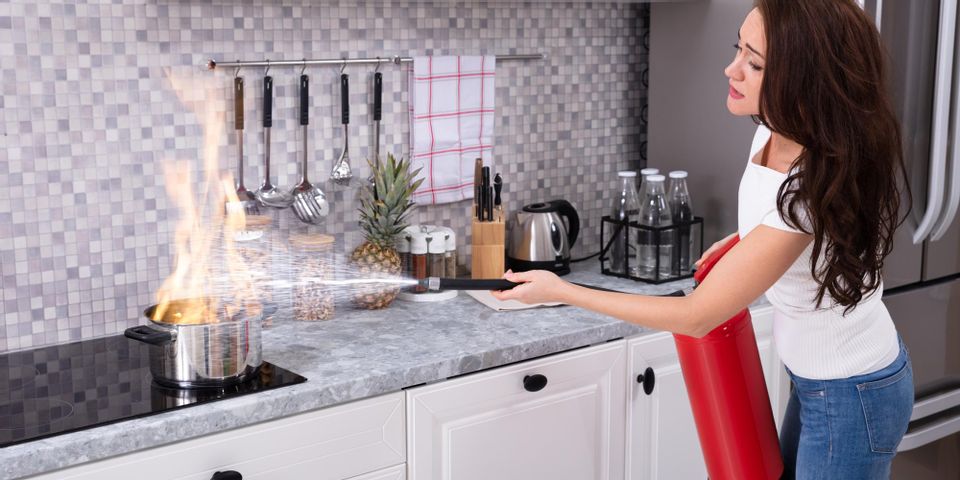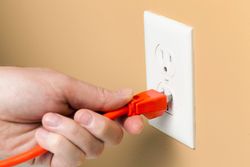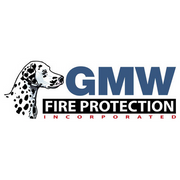
When there’s a fuel source, oxygen, and heat, a fire can develop. However, not all blazes are the same. Learn more about the different types of fires, and which fire sprinkler systems and extinguishers you need to suppress them, below.
Class A
Class A fires form from fabric, paper, wood, plastics, and related combustibles. These are some of the most common blazes, and they can quickly spread if other combustibles are stored nearby. It only takes a minor spark to ignite these items accidentally.
The best way to suppress these fires is with dry chemical extinguishers or fire sprinkler systems. These will coat and suffocate the flames and remove the heat.
Class B
Class B fires are fuel-based, developing when kerosene, gasoline, and related fuels ignite. They may also develop when propane and fuel-based flames ignite other combustibles. Most accidents occur when these fuels are places too close to heat and sparks, such as when welding in a vehicle bay.
The best way to resolve these fires is by removing the oxygen with chemical extinguishers containing sodium bicarbonate, or by smothering them with monoammonium phosphate extinguishers.
Class C

Class C fires are electrical, often caused by sparking outlets, overloaded surge protectors, and damaged wiring. These electrical components will spark and ignite wall insulation and other flammable materials, quickly leading to a fire.
Since these materials are non-conductive, use the same suppression systems as Class B fires. Also, never use fire sprinkler systems for Class C fires, as the water will create an immediate shock danger.
Class D
Class D fires are common in manufacturing centers and laboratories. They develop when combustible metals, such as aluminum and titanium, ignite. This is usually because they aren’t handled or monitored properly.
These fires are best resolved with dry powder extinguishers that absorb the heat and smother the fire simultaneously.
Class K
Class K fires manifest in kitchens when grease, cooking oils, and other combustible liquids ignite. This may occur when a grease trap becomes too full, or when a pan with cooking oil is unattended.
These fires require unique suppression systems that use a process called saponification. These extinguishers release alkaline foam that traps vapors and suffocates the fire.
Fire suppression systems are essential in workplaces and homes. If you need a new one, GMW Fire Protection of Anchorage, AK, offers several solutions, including fire sprinkler systems, fire alarm systems, and extinguishers. They’ll carefully assess your needs and offer the best tools to protect your space. To learn more about their available products, call (907) 336-5000 or visit their website.
About the Business
Have a question? Ask the experts!
Send your question

